Yes, you do need specific boots for touring bindings, depending on the type. Here's a quick breakdown:
- Frame Bindings: Work with both alpine boots and touring boots.
- Tech Bindings: Require touring boots with tech inserts.
- Hybrid Bindings: Need boots with tech inserts and support ISO standards like 5355, 9523, or GripWalk.
Key Boot Features for Touring:
- Touring Boots: Lightweight, walk mode, lugged soles for grip.
- Alpine Boots: Stiff, downhill-focused, no walk mode.
Always check compatibility between your boots and bindings to ensure safety and performance. If unsure, consult a professional technician.
How to choose SKI TOURING Bindings and Boots
Touring vs Alpine Ski Boots: Main Differences
Knowing the key features of touring and alpine ski boots can help you make the right choice for your skiing needs.
Touring Boot Features
Touring boots are built to balance uphill efficiency with downhill capability. Their standout feature is a hike mode that allows the cuff to pivot, making ascents feel more natural [1].
| Feature | Purpose | Benefit |
|---|---|---|
| Pin-hole Molding | Works with tech bindings | Secure connection for uphill travel |
| Lugged Sole | Provides better grip | Improved traction on rocky surfaces |
| Rocker Design | Supports walking comfort | Easier, more natural strides uphill |
| Walk Mode Mechanism | Enhances cuff mobility | Smoother uphill movement |
These design elements make touring boots ideal for backcountry adventures [1].
Alpine Boot Features
Alpine boots are all about downhill performance, perfect for resort skiing. They adhere to the ISO 5355 standard, which ensures compatibility with traditional alpine bindings and lift-accessed terrain [1].
| Feature | Purpose | Benefit |
|---|---|---|
| Flat Sole | Ensures consistent binding fit | Reliable release values |
| Rigid Construction | Optimizes power transfer | Superior control on descents |
| Fixed Cuff | Adds stability | Better edge control |
| Standard DIN Sole | Fits a range of bindings | Works with most alpine systems |
While excellent for descents, alpine boots lack a walk mode, making them unsuitable for uphill travel.
The contrast in design - touring boots' versatility versus alpine boots' focus on downhill performance - emphasizes the need to choose based on your skiing style and terrain preferences.
Boot Types for Different Touring Bindings
Let's dive into the specific boot requirements for each touring binding system, building on the compatibility basics discussed earlier.
Pin Binding Requirements
Pin bindings are designed to work with touring boots equipped with specific features: metal toe pin inserts and a heel receptacle. These ensure a secure connection to the binding.
| Boot Feature | Purpose | Why It Matters |
|---|---|---|
| Toe Pin Inserts | Engage with the binding's steel pins | Necessary for efficient uphill travel |
| Heel Receptacle | Secures the binding's steel spring | Important for reliable downhill control |
Now, let’s take a closer look at frame bindings, which are compatible with a wider range of boot styles.
Frame Binding Options
Frame bindings are more flexible, accommodating various boot types as long as they meet the necessary specifications.
| Boot Type | Best Use Case |
|---|---|
| Alpine Boots with Walk Mode | Ideal for situations requiring extra mobility |
| AT Boots (MNC/WTR rated) | Specifically designed for backcountry skiing |
| Other Touring Boots | Suitable for mixed conditions, but check specs |
For backcountry skiing, boots with a walk mode are a great choice to enhance mobility.
Hybrid Binding Compatibility
Hybrid bindings blend the uphill efficiency of tech bindings with the downhill performance of alpine systems. Models like the Salomon S/Lab Shift MNC work with boots that meet ISO 5355, ISO 9523, or GripWalk standards. However, they also require minimal pin fittings in the toe for touring mode.
Here’s what you’ll need for hybrid binding compatibility:
| Feature | Specification | Notes |
|---|---|---|
| Sole Type | ISO 5355/9523, GripWalk | Offers multiple options for compatibility |
| Pin Fittings | Required in the toe | Critical for touring mode functionality |
| Weight | 4–6 lb per binding pair | Heavier than standard tech bindings |
With these details in mind, you’re ready to start thinking about the perfect boot and binding combination for your skiing adventures. Stay tuned for the next section, where we’ll help you make the best choice for your needs.
sbb-itb-17ade95
Snowfeet Products: Boot Compatibility Guide
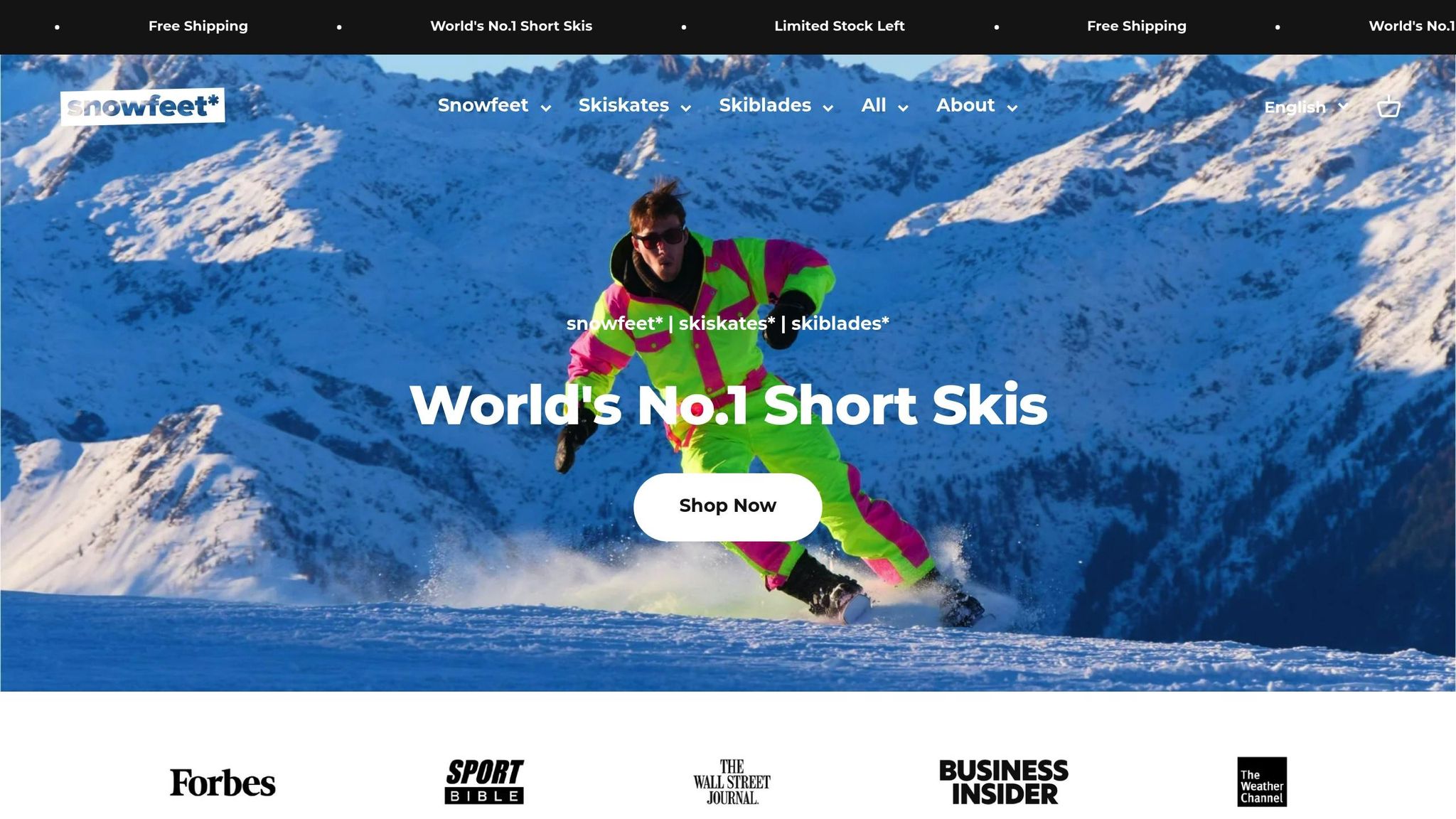
Snowfeet gear offers a more flexible approach to boot compatibility compared to traditional touring setups, making it easier to hit the slopes without extra hassle.
Footwear Options for Snowfeet Equipment
You don’t need specialized ski boots to use Snowfeet. Regular winter boots or snowboard boots work perfectly, making it simpler than setups from brands like Rossignol or Atomic.
Advantages of Snowfeet's Design
Snowfeet’s design offers key perks:
- Lightweight and easy to carry
- Works with your existing winter boots
- Provides reliable control through a well-engineered binding system
For the best experience, keep these tips in mind:
- Pick boots with solid ankle support
- Opt for waterproof footwear
- Make sure your bindings fit securely
The Snowfeet PRO (50 CM) comes with advanced bindings for sharp edge control, all while being compatible with standard winter boots. The Skiskates (44 CM) use secure binding points to ensure precise handling on different terrain types.
How to Choose Boots and Bindings
Pick boots and bindings that comply with ISO standards to ensure both safety and performance.
Checking Boot-Binding Match
As mentioned earlier, the differences in boot designs are regulated by ISO standards to ensure safe and proper boot-binding compatibility.
Boot soles are categorized under these ISO standards:
- Traditional Alpine (ISO 5355): Designed for resort skiing.
- GripWalk (ISO 23223): Suitable for a mix of resort and touring.
- Touring (ISO 9523): Geared toward backcountry skiing.
- WTR (Walk-to-Ride): A hybrid option for resort skiing and easier walking.
| Boot Type | ISO Standard | Primary Use |
|---|---|---|
| Traditional Alpine | ISO 5355 | Resort skiing |
| GripWalk | ISO 23223 | Mixed resort/touring |
| Touring | ISO 9523 | Backcountry focus |
| WTR | Proprietary | Resort/walking hybrid |
To avoid compatibility issues, check the markings on your boots and bindings (like GripWalk, MNC, Tech/Pin, or ISO numbers). If you're unsure, consulting a professional can save you from potential problems.
When to Get Expert Help
"While the chart below describes the general compatibility for these boot and binding types, note that all boots and bindings need to be set up and adjusted by a professional technician to be properly tested." - Switchback Travel [2]
Consider professional assistance in the following situations:
- Initial Setup: A technician can mount and adjust your bindings to ensure proper DIN settings, release mechanics, and boot alignment.
-
Equipment Changes: Get expert help when:
- Switching between different boot types.
- Adjusting bindings for new boots.
- Experiencing unexpected binding releases.
- Noticing wear or damage on your bindings.
Proper setup and adjustments are crucial for both performance and safety on the slopes.
Summary: Selecting Your Boot and Binding Setup
Pick boots and bindings that meet the appropriate ISO standards for your skiing needs.
Quick Compatibility Overview
| Skiing Style | Boot Type | Binding Types | Key Features |
|---|---|---|---|
| Resort Only | Alpine (ISO 5355) | Alpine, MNC, GripWalk | Excellent downhill control |
| Mixed Resort/Touring | GripWalk (ISO 23223) | MNC, GripWalk, Tech/Pin | Improved walking ability |
| Dedicated Touring | Touring (ISO 9523) | Tech/Pin, Frame AT | Optimized for touring efficiency |
This table highlights how your skiing style determines the best boot and binding combination.
Key points for your setup:
- Tech bindings need boots with metal inserts for proper function.
- Frame bindings are compatible with alpine boots but come with added weight.
- MNC bindings support multiple ISO standards, offering flexibility.
Always have a professional technician handle the mounting and testing of your setup to ensure safety and performance.
For mixed-use, GripWalk boots paired with MNC bindings provide flexibility. On the other hand, specialized setups are ideal for specific skiing conditions.
Snowfeet products simplify boot compatibility compared to traditional touring setups. They can be used with regular winter boots, snowboard boots, or ski boots, removing the need for specialized touring boots while still delivering reliable performance across various terrains.
FAQs
What’s the difference between tech bindings and frame bindings, and how does it affect touring boot selection?
The main difference between tech bindings and frame bindings lies in their design and how they impact performance. Tech bindings are lightweight and ideal for uphill touring. They allow for a more natural walking motion, making them perfect for backcountry adventures where efficiency is key. Frame bindings, on the other hand, are heavier but prioritize downhill performance. They function similarly to traditional alpine bindings, offering more stability and security for skiers who prefer a mix of resort skiing and off-piste exploration.
When selecting touring boots, keep in mind that tech bindings require boots with specific inserts designed to lock into the binding system. Frame bindings are more versatile and can accommodate both standard downhill boots and touring boots with rockered soles. Understanding these differences will help you choose the right setup based on your skiing style and priorities.
How can I tell if my ski boots will work with hybrid bindings?
To check if your ski boots are compatible with hybrid bindings, start by identifying the type of sole your boots have, such as GripWalk, ISO 9523, or traditional alpine soles. Next, confirm the sole length and lug type, as these can affect compatibility. It's also a good idea to review the binding manufacturer’s compatibility guidelines to ensure a proper fit. Always double-check before hitting the slopes to guarantee safety and performance.
What should I consider when choosing between traditional ski boots and Snowfeet products for my winter adventures?
When deciding between traditional ski boots and Snowfeet products, think about your experience level, preferred style, and the type of terrain you’ll be exploring. Traditional ski boots are designed for specific bindings and are ideal for diverse conditions, from groomed slopes to deep powder. On the other hand, Snowfeet products, like Skiskates or mini skis, offer a more versatile and playful experience, especially for those who enjoy skating or shorter, more flexible gear.
Snowfeet products are compatible with both ski boots and regular winter boots, making them a convenient option for casual outings or quick trips to the slopes. If you’re looking for gear that combines fun, portability, and ease of use, Snowfeet might be the perfect choice for your next adventure.



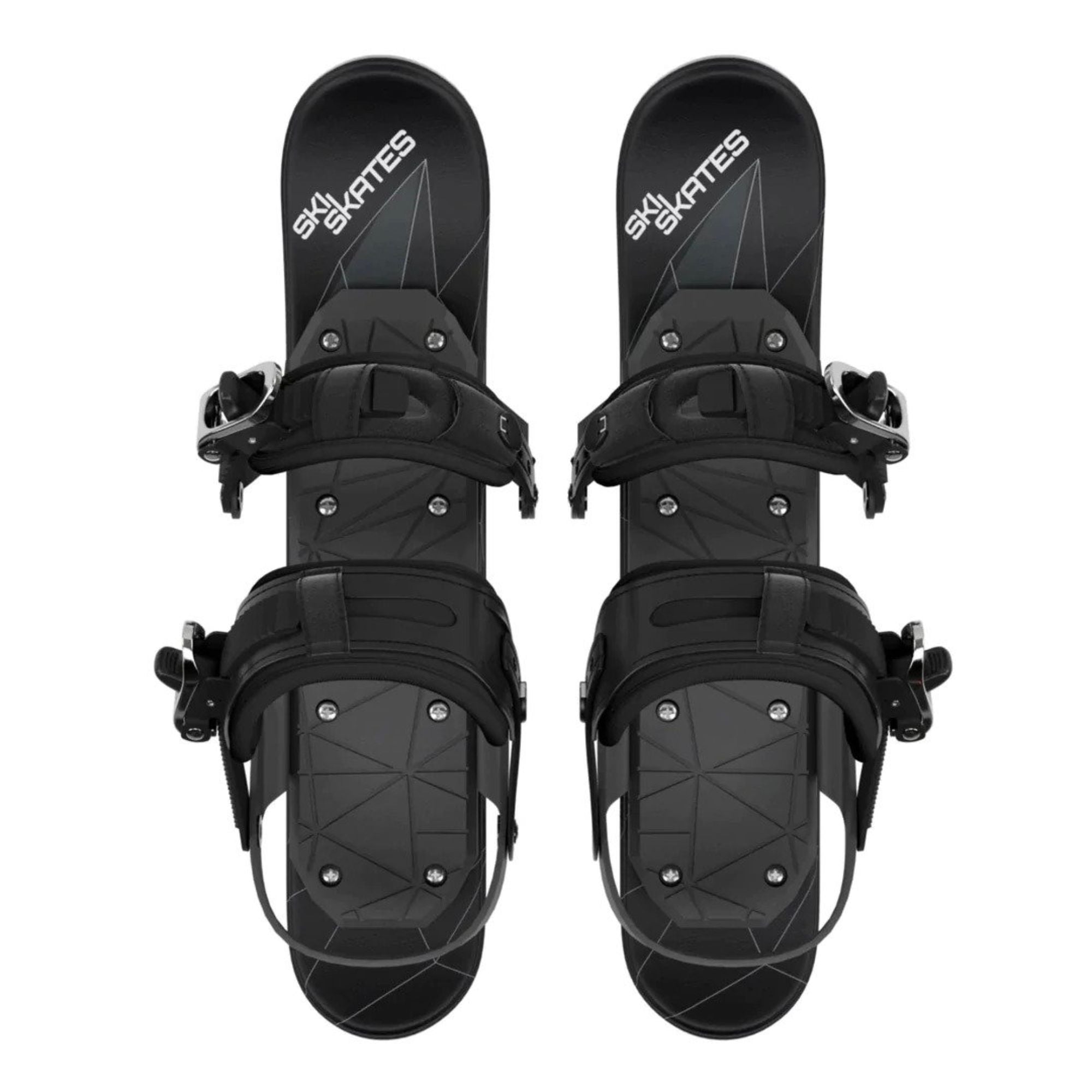
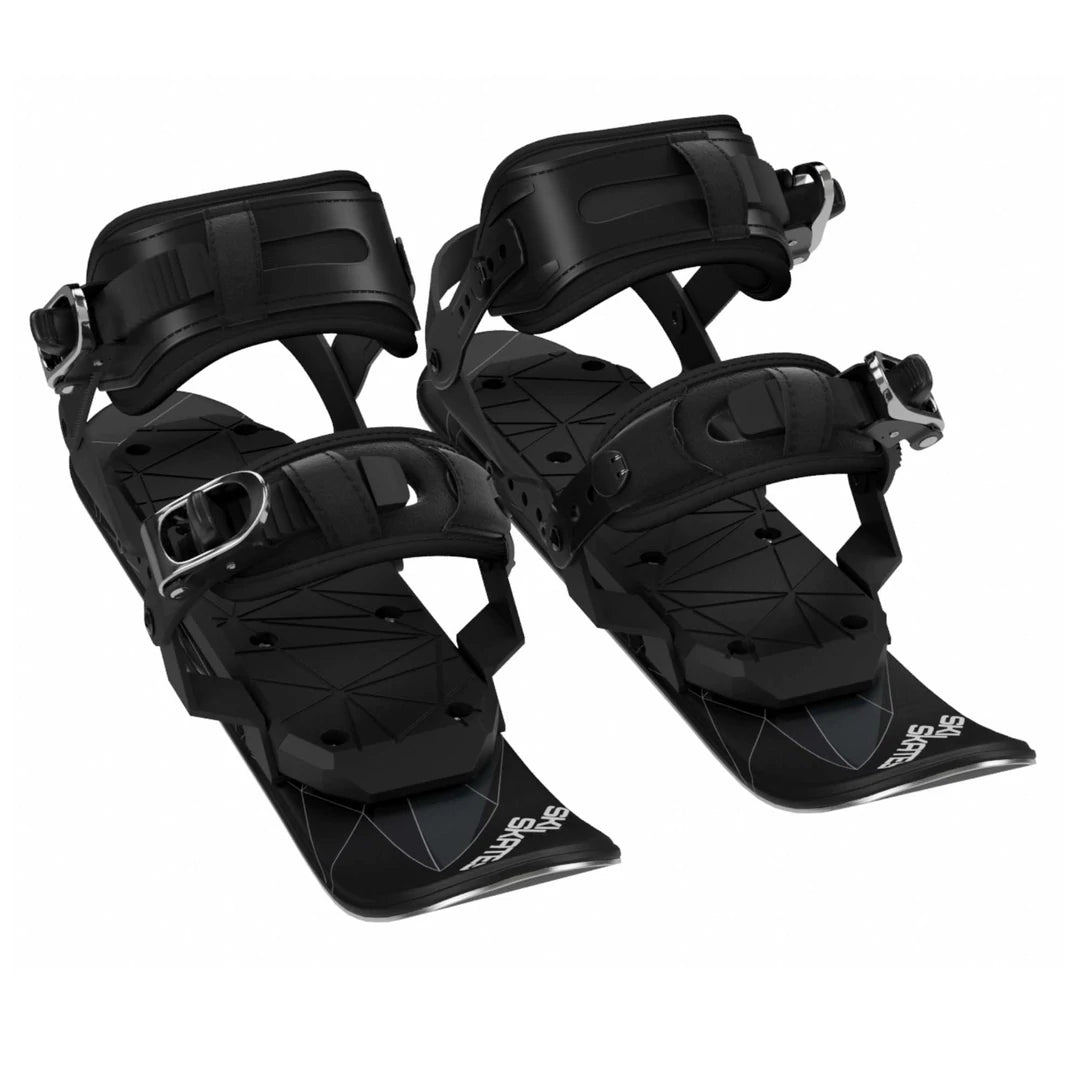
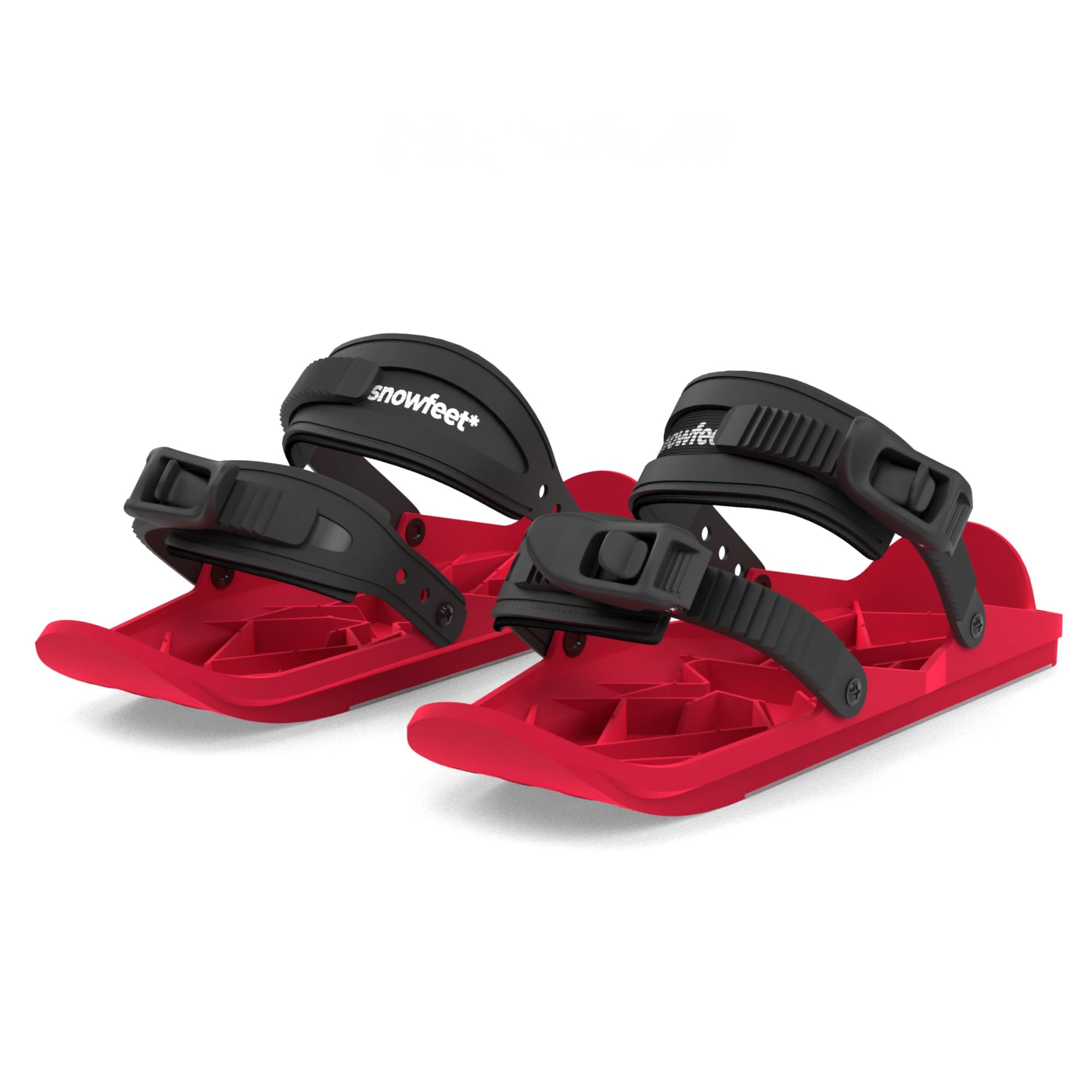





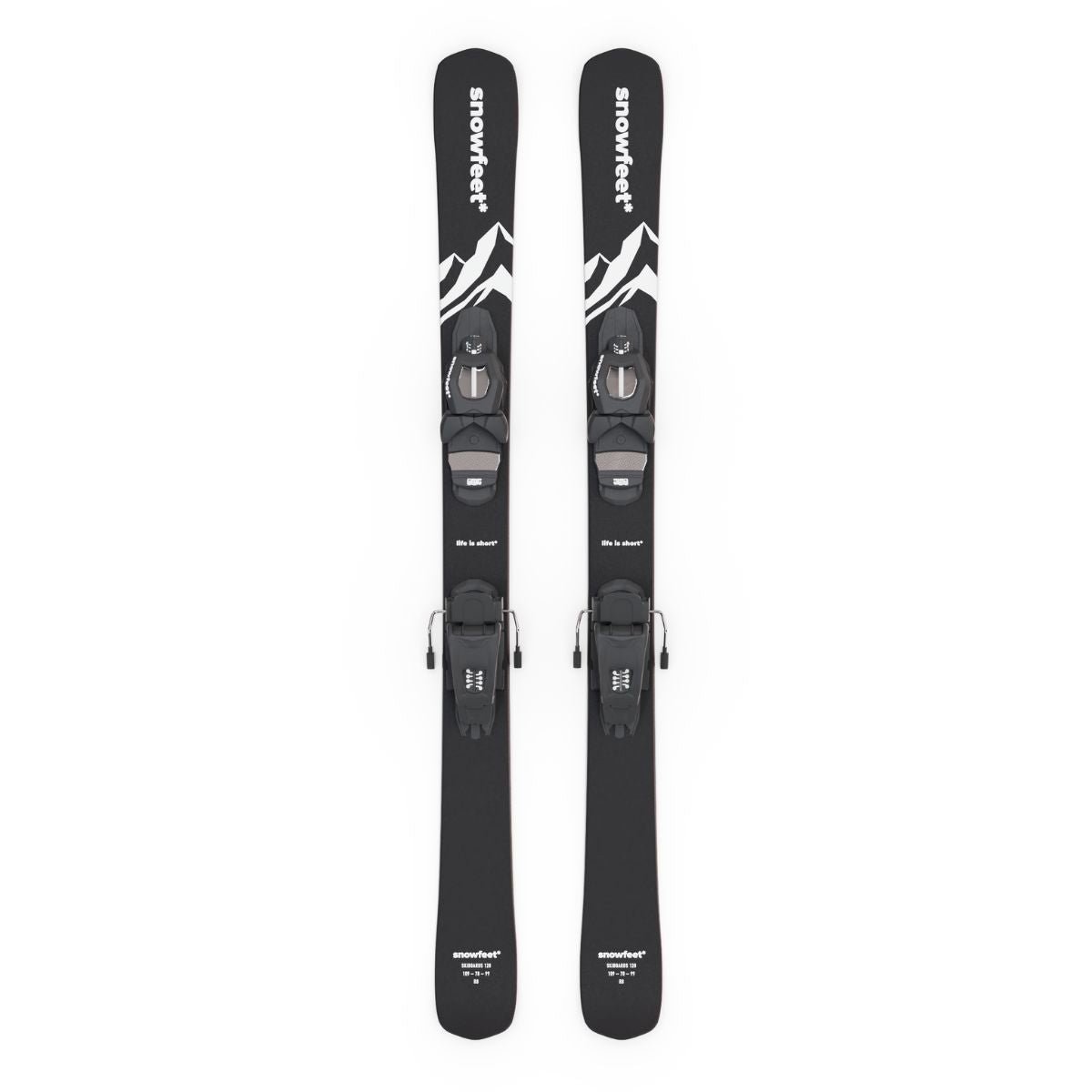
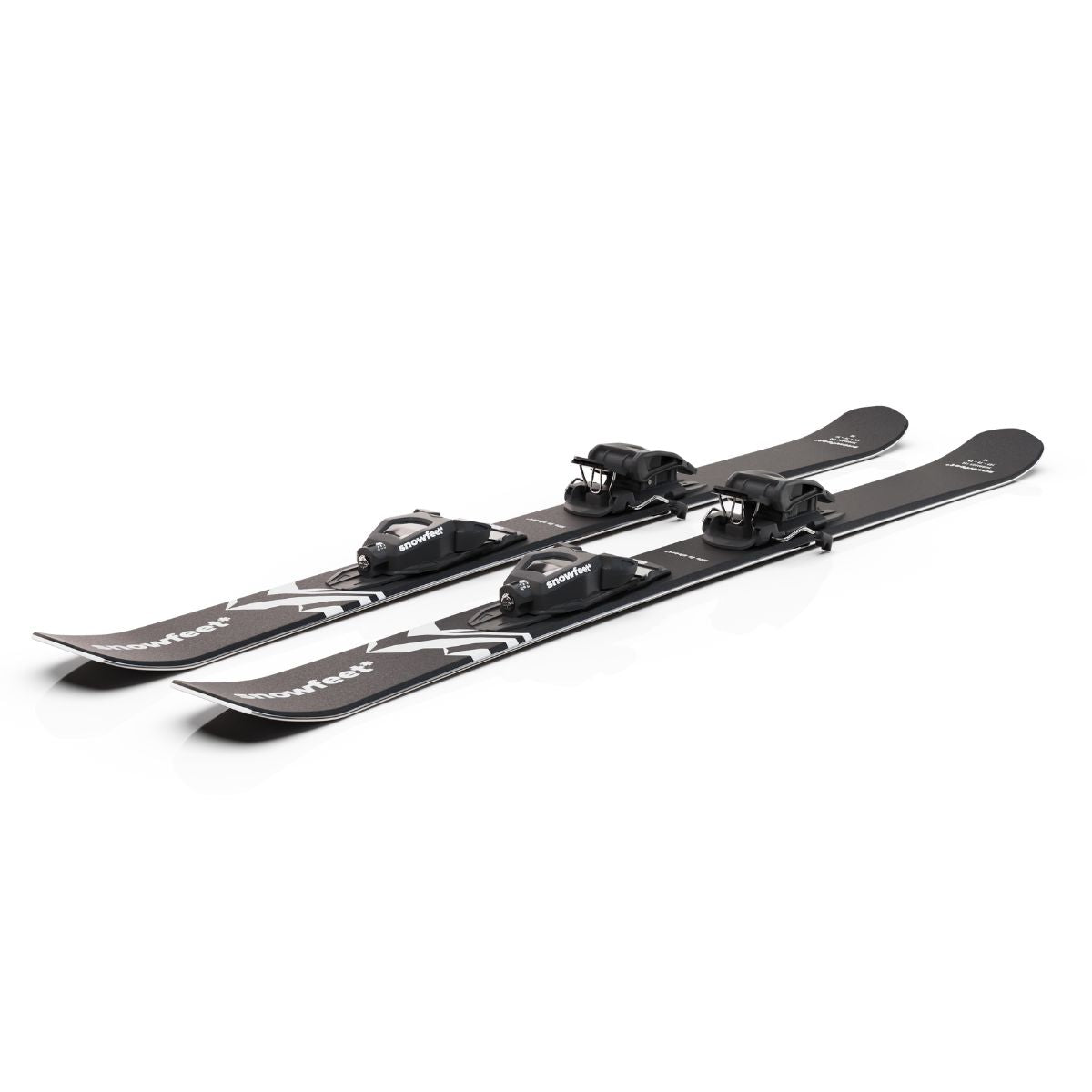
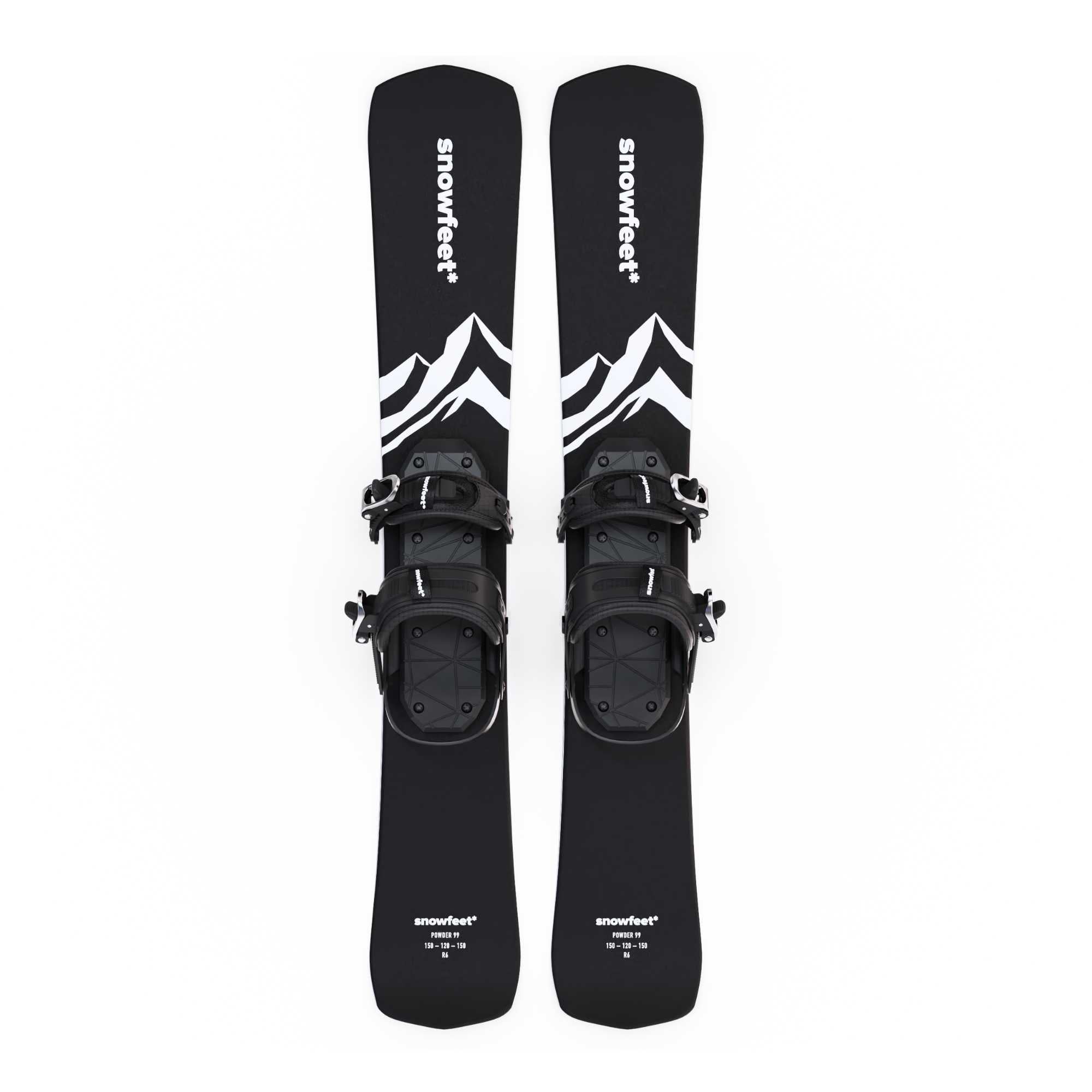
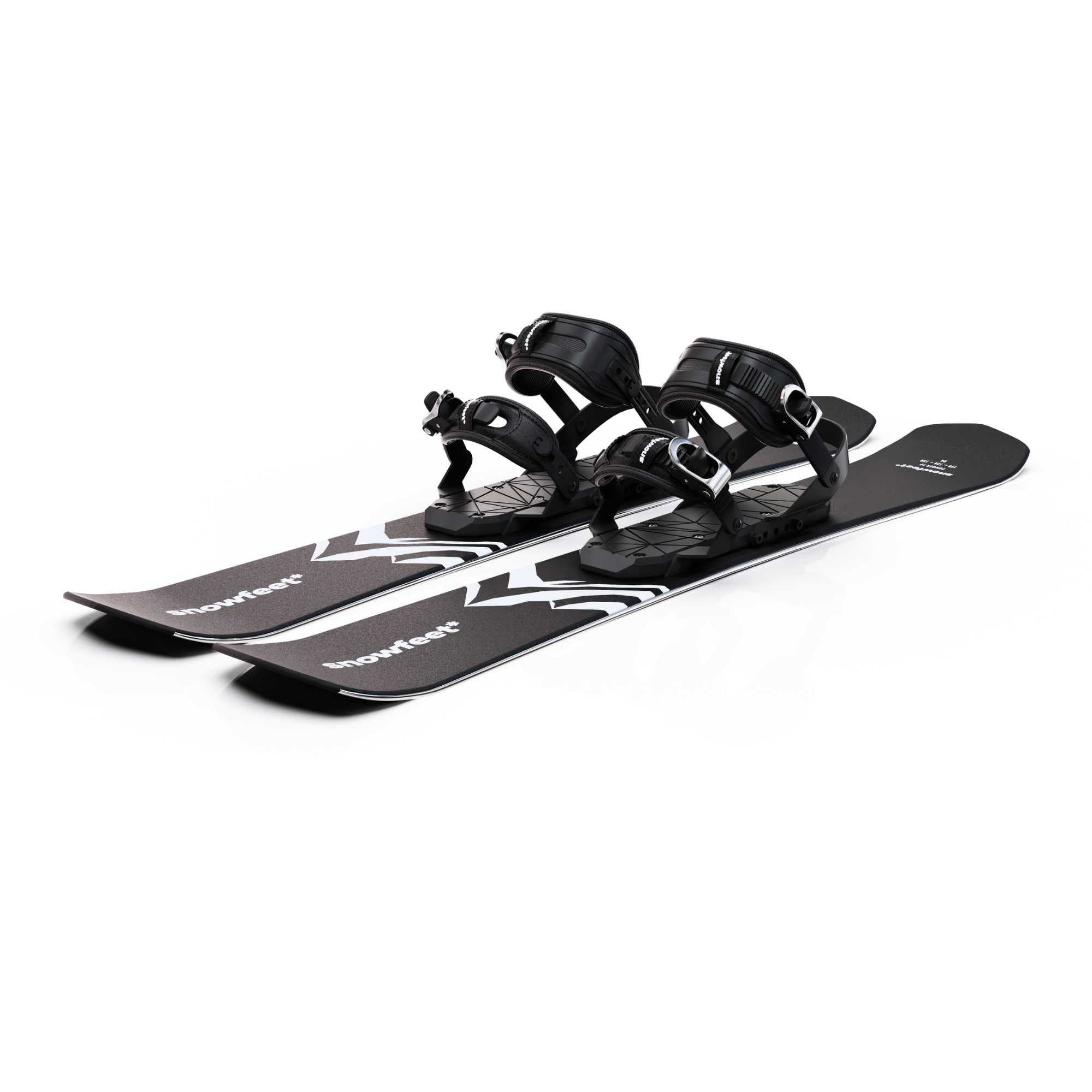
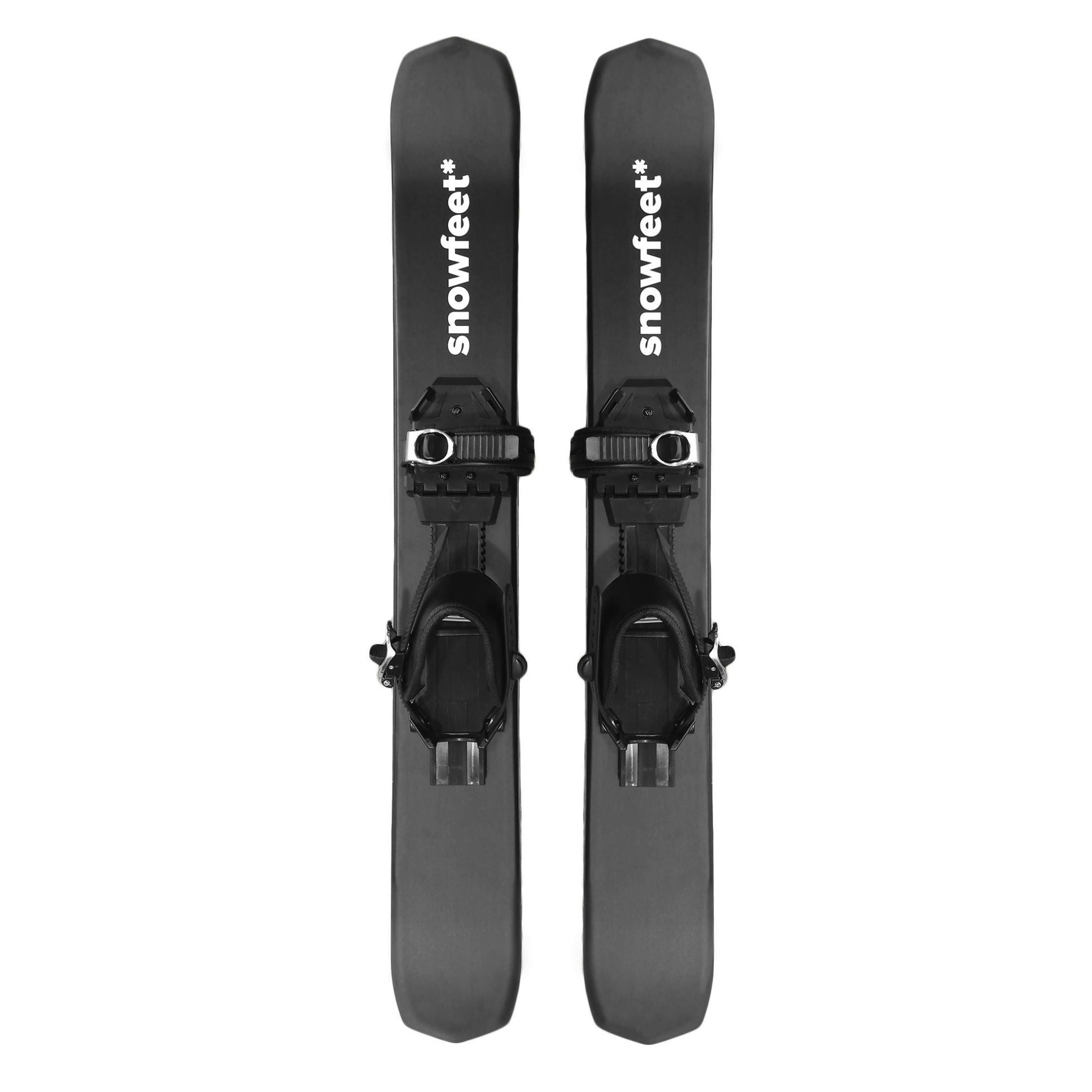
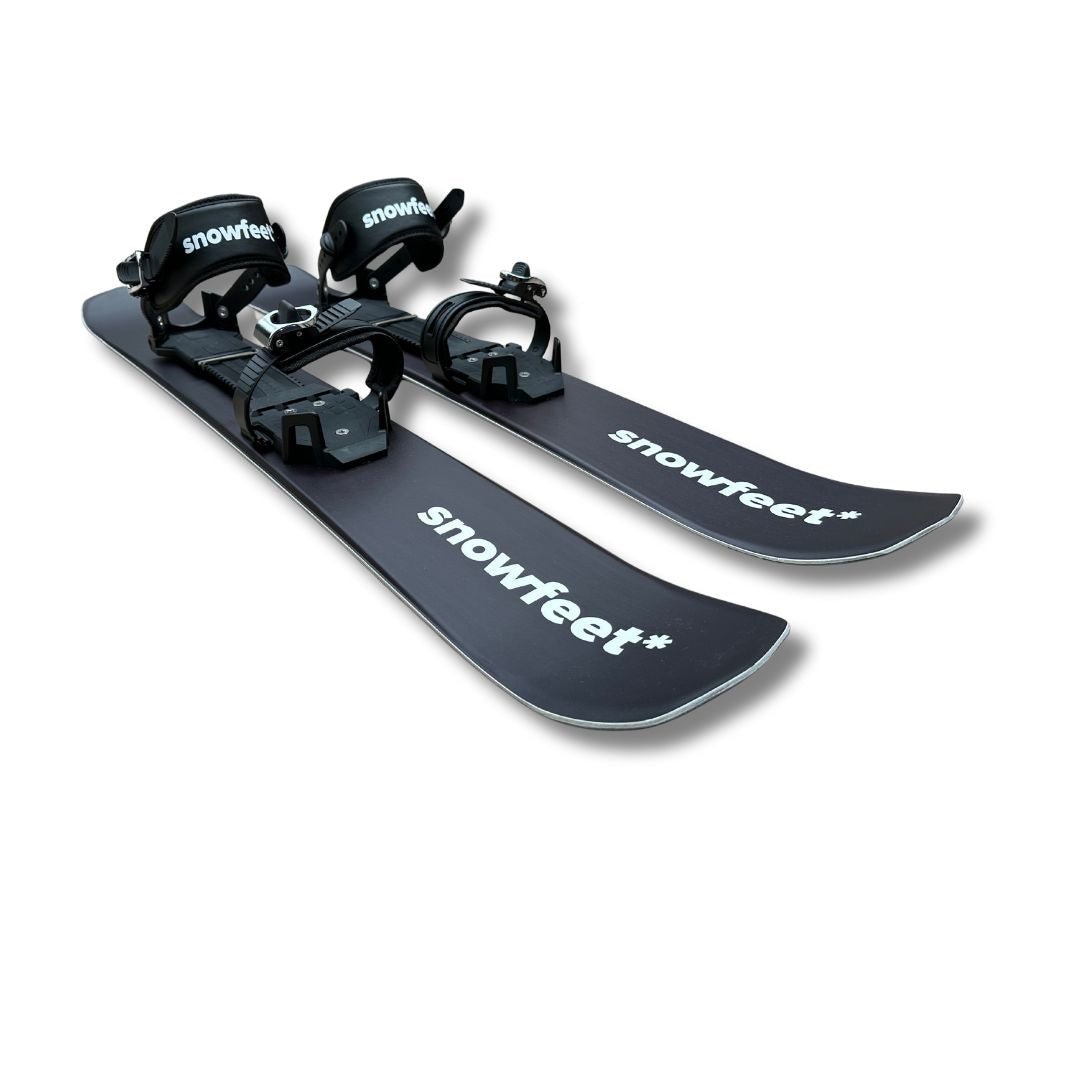
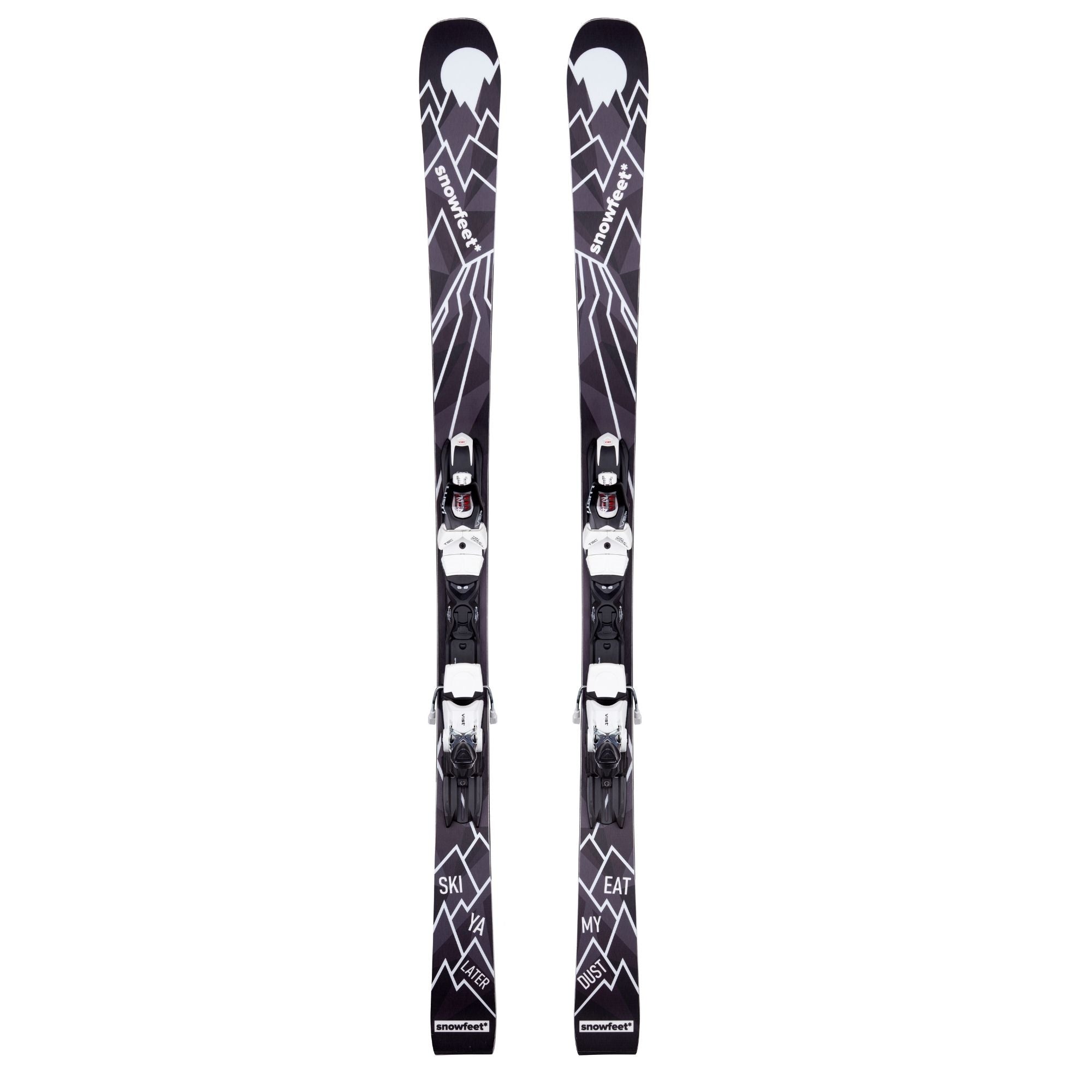
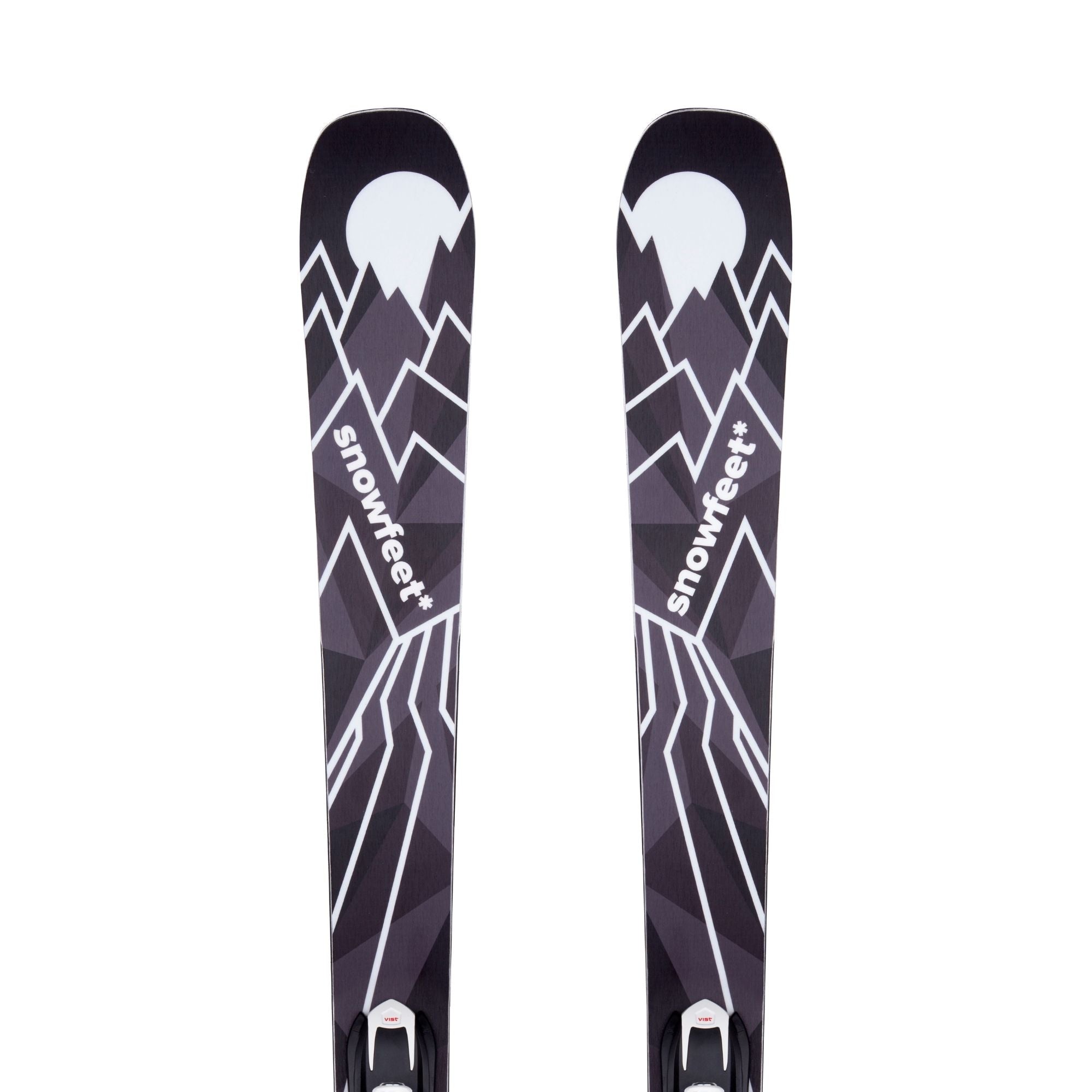
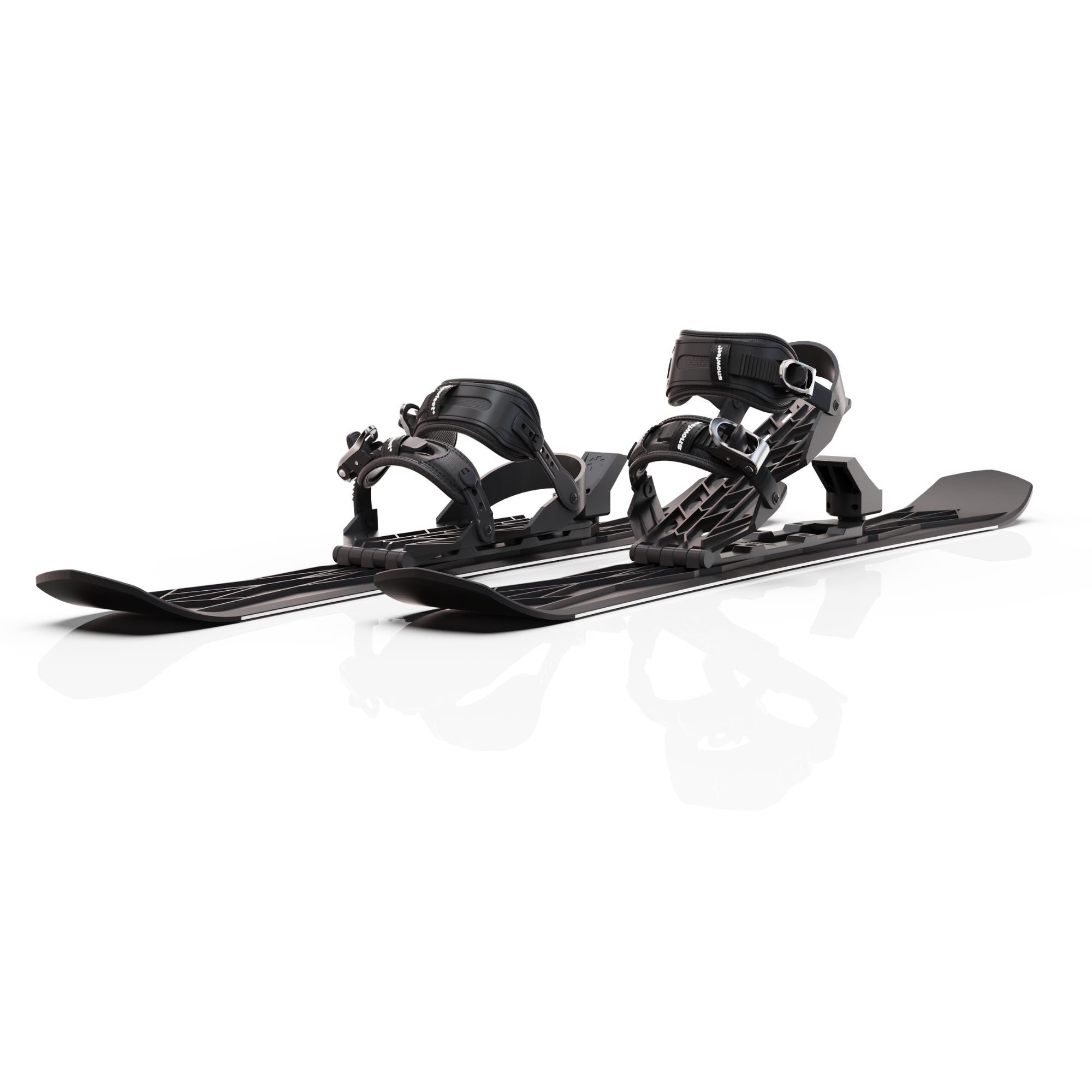

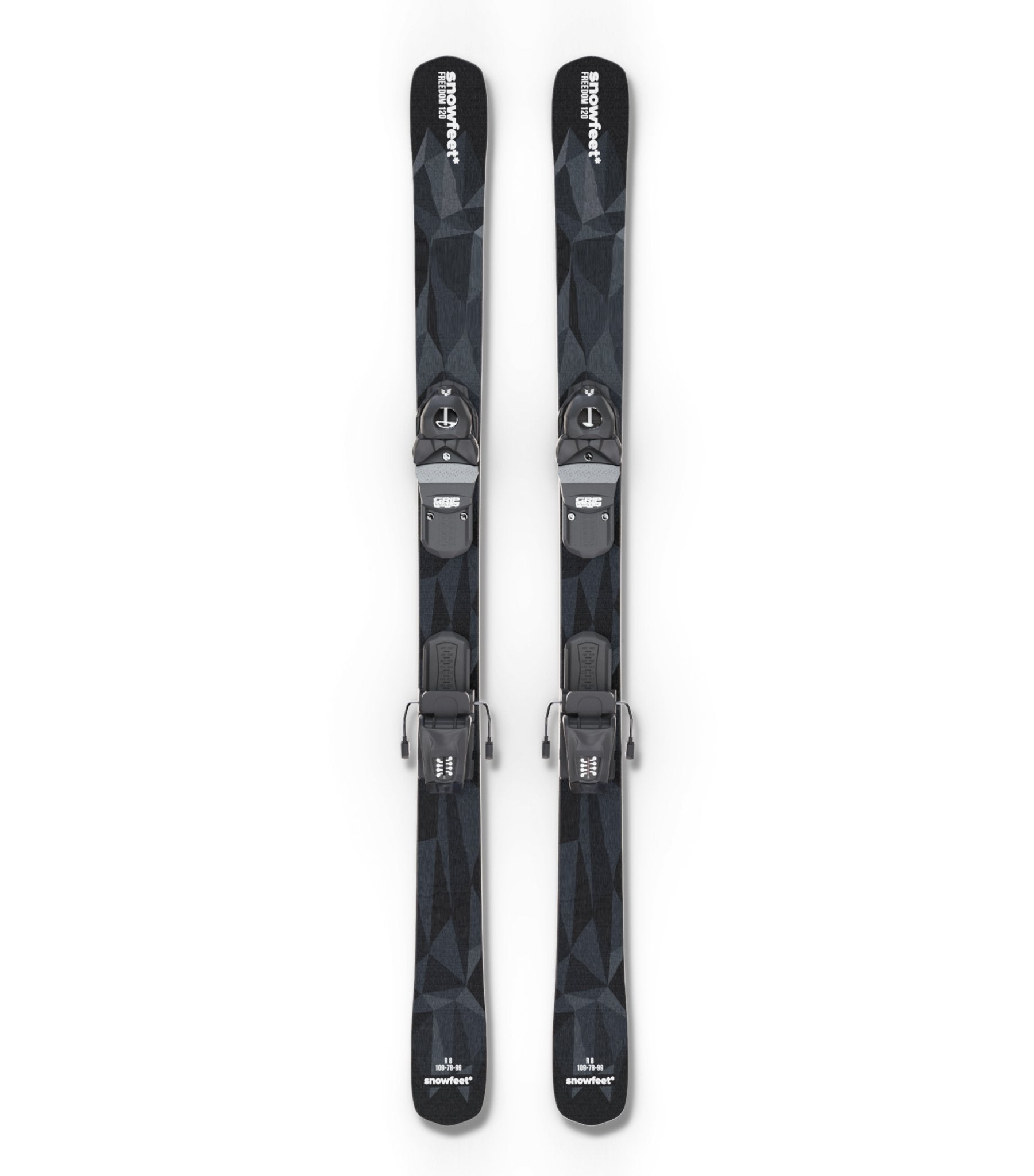
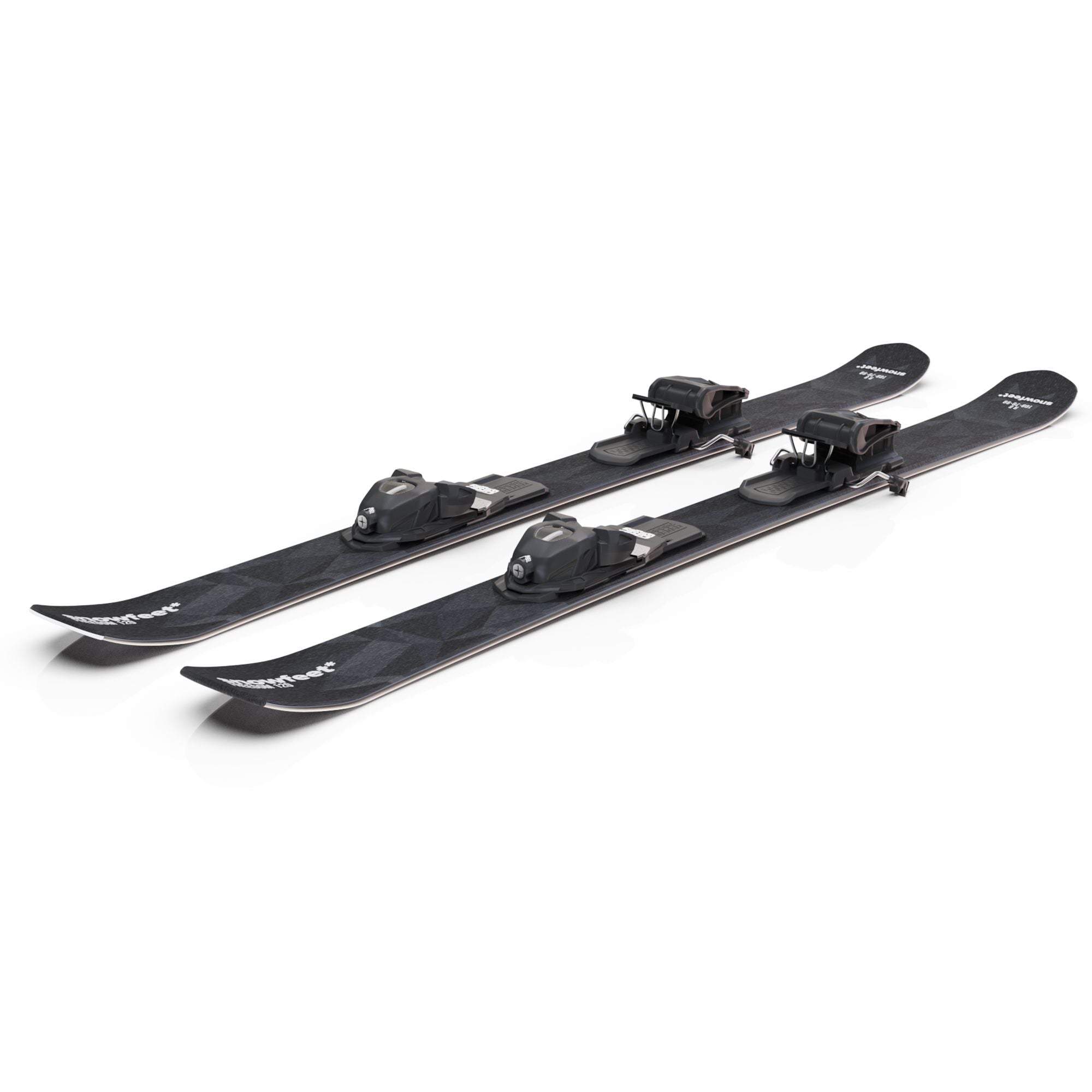
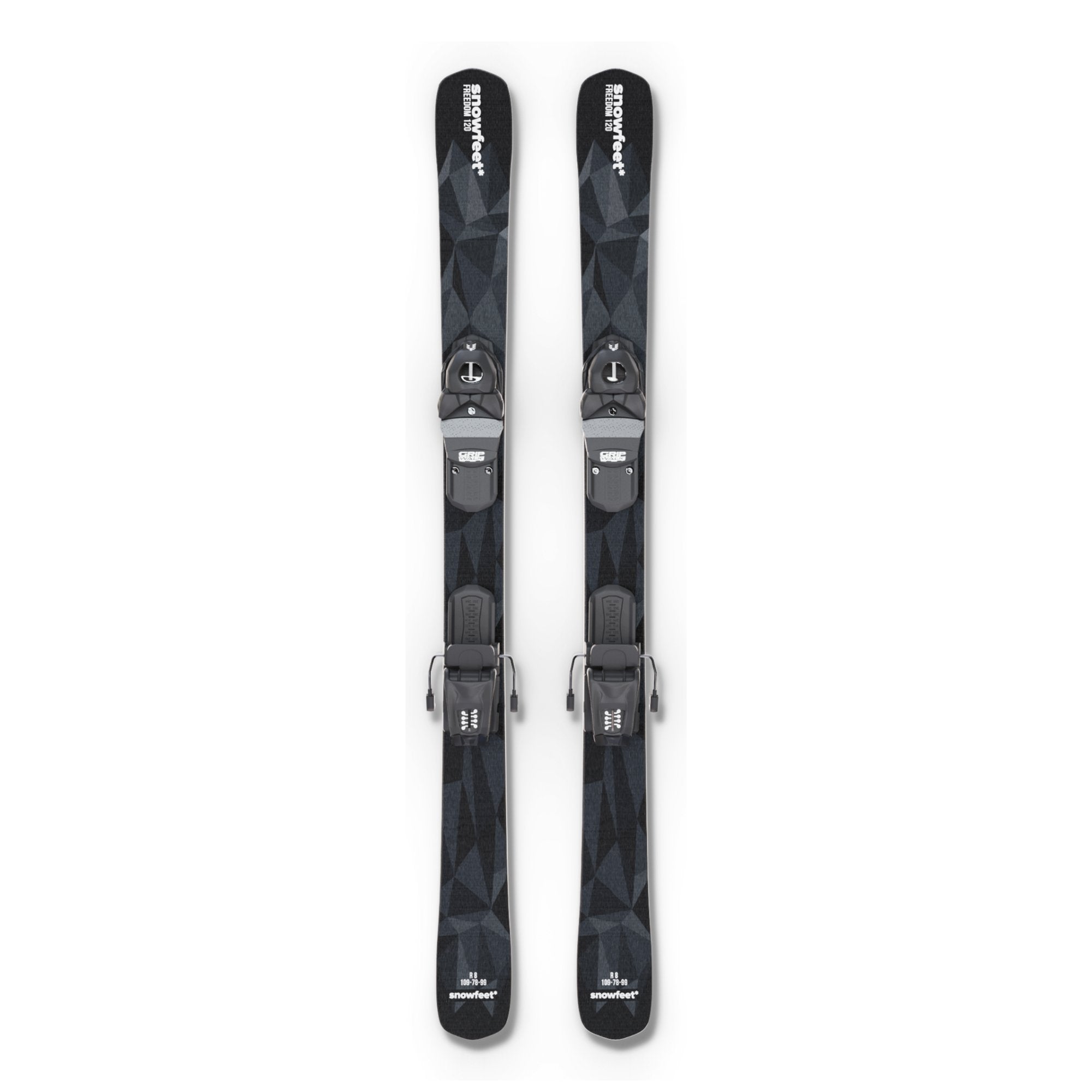
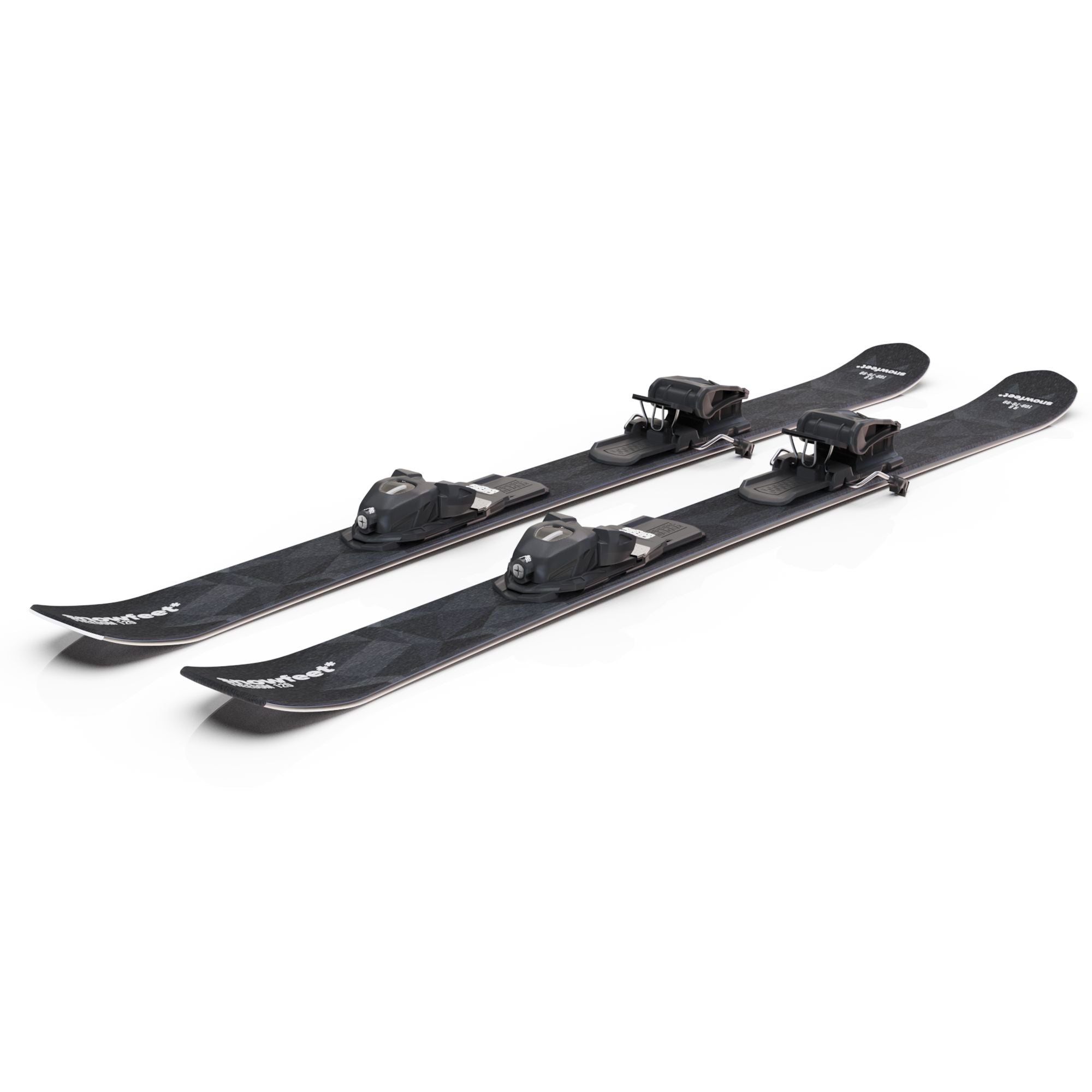
コメントを書く
このサイトはhCaptchaによって保護されており、hCaptchaプライバシーポリシーおよび利用規約が適用されます。